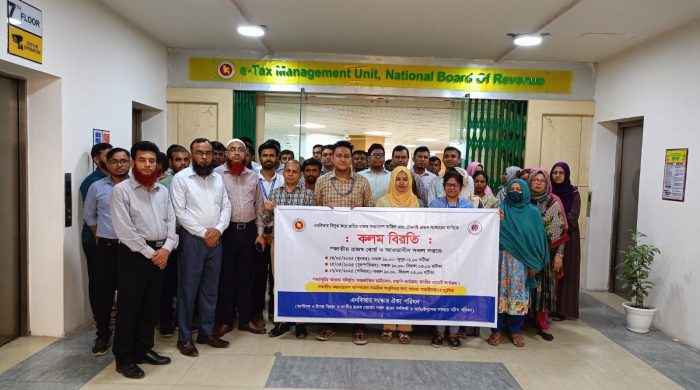Better governance of hill land a must

- Update Time : Wednesday, August 10, 2022
- 131 Time View

The High Court in a welcome order on Sunday asked the Department of Environment and the Chattogram Metropolitan Police to remove illegal structures on the hills of Chattogram and other hill districts within 30 days. The High Court also asked the authorities concerned to take action against those who are involved in cutting hills in 15 days and to form a committee to ensure a close monitoring of the illegal encroachment of hill lands. The High Court directive came following a public interest litigation filed by the Human Rights and Peace for Bangladesh that said construction of any structures by cutting hills is illegal, but indiscriminate hill cutting is happening in the port city to construct residential and non-residential, commercial buildings. When illegal encroachment of hills and subsequent deforestation is blamed for the frequent landslides and loss of lives in Chattogram and other hilly districts in Bangladesh, it is worrying that city authorities and district administrations have not been able to effectively perform their mandated roles.
Risk of landslides during the monsoon is a known problem in the hill districts of Bangladesh. According to the district administration in Chattogram, landslides killed nearly 250 people between 2007 and 2021. Earlier, in 2019, the district administration identified 18 vulnerable hills in Chattogram, but they did very little to relocate the 1,600 families from the landslide prone areas. Their actions are largely taken in hindsight. The situation is no different in Rangamati and Sylhet. In 2017, 100 people, including four army men, were killed in separate incidents of landslides in Rangamati. What is worrying is that there are earlier court orders on illegal hill cutting that offered similar directives. In 2015, the High Court directed the government to stop hill cutting in Sylhet and to take appropriate legal steps against offenders. Later in 2018, the High Court gave another directive to the government to immediately stop the encroachment of hill lands in Cox’s Bazar. In addition to the directives from the High Court, which remained mostly unimplemented, the Bangladesh Environment Preservation Act 1995, amended in 2000, also prohibits the cutting of hills without approval of the authorities concerned. Yet, illegal construction of residential and commercial buildings, or shanty towns on hill lands continued unabated.
Clearly, unabated hill cutting, construction of structures on hill lands and recurring incidents of landslide are signs of governance failure in Bangladesh. The High Court orders in questions provided the government with policy guidelines for a better management of hill land and an opportunity for course correction. Considering that landslides in hill districts are a persistent and often fatal problem, the government should ensure that the High Court directives are implemented within the stipulated time. It is absolutely unacceptable that all authorities concerned failed to control the vested quarter involved in the cutting of hills and illegal construction on hill lands leading to deforestation and landslides in hilly districts.



















